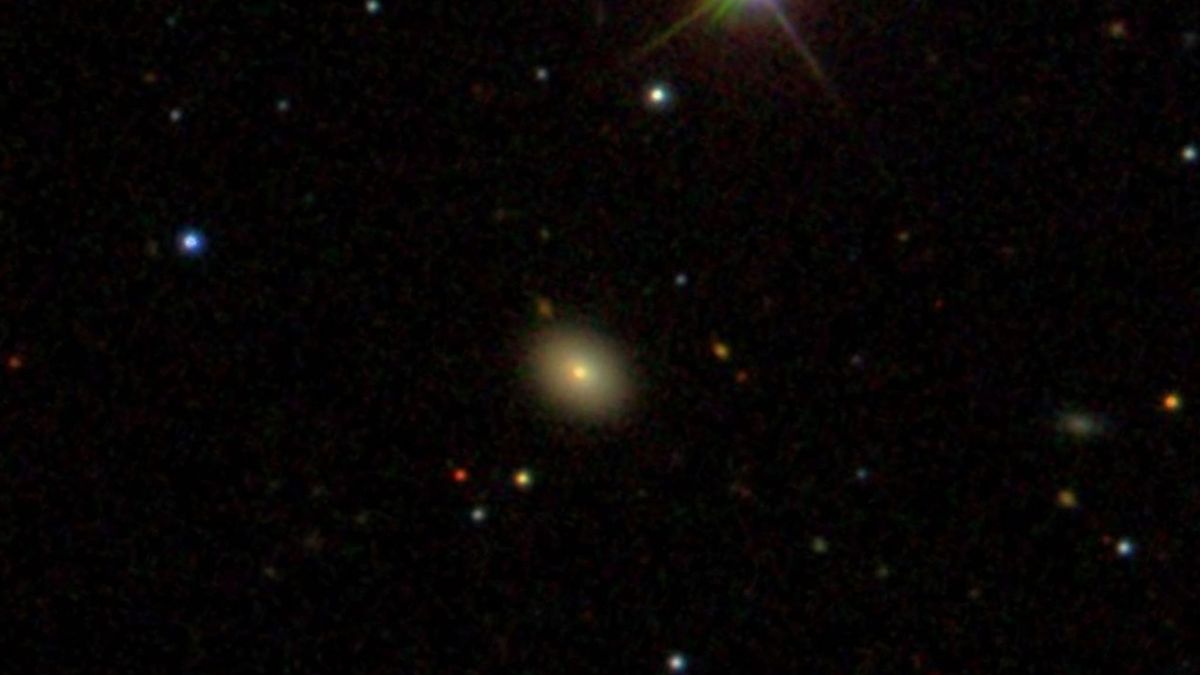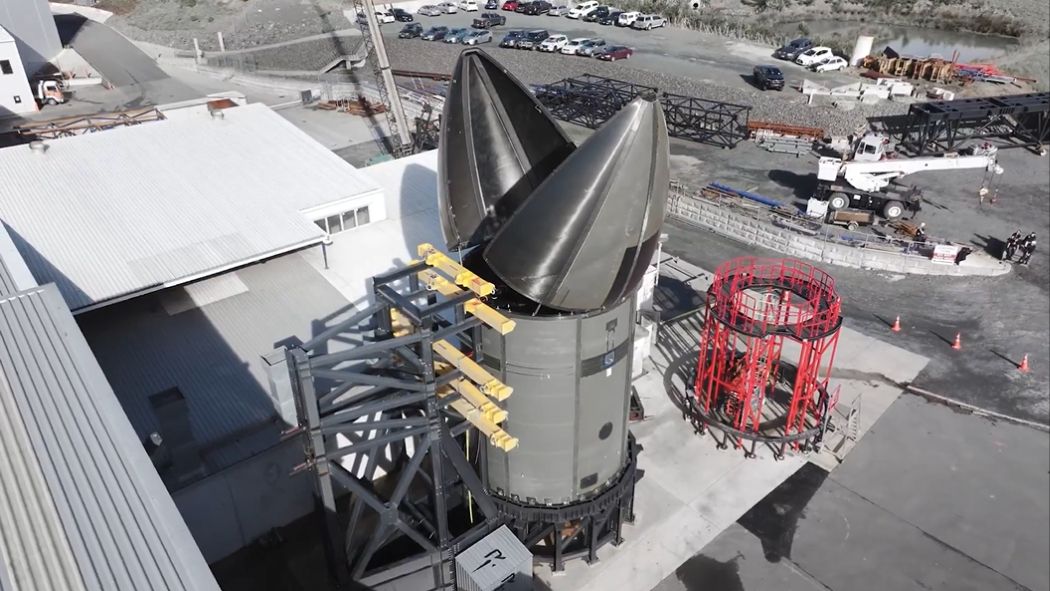ARTICLE AD BOX
 A view of Tiangong from the Shenzhou-17 spacecraft as it approaches the forward docking port. Credit: CMSEO
A view of Tiangong from the Shenzhou-17 spacecraft as it approaches the forward docking port. Credit: CMSEO
HELSINKI — China is preparing to launch new modules to its Tiangong space station to meet growing demands for science and potentially boost international cooperation.
The Long March 5B, currently China’s most powerful rocket, is slated to launch new Tiangong modules, according to an official with China’s state-owned main space contractor.
“According to the plan, the Long March 5B rocket will also carry out the future launches of additional modules for the crewed space station,” Wang Jue from China Aerospace Science and Technology Corporation (CASC) told China Central Television (CCTV) April 30.
No official timeline has been released for the missions, but the comments appear to confirm plans to add modules to Tiangong, a T-shaped, three-module orbital outpost constructed across 2021-2022.
China space officials have noted the possibility of expanding Tiangong on a number of occasions in recent years. The CCTV report, however, notes growing experimental demands which are placing higher requirements on the space station’s available space and energy supply.
Earlier reporting notes that a multi-functional expansion module could be the first new module to launch. It would feature six docking ports and dock with Tiangong’s core Tianhe module, allowing further modules to be integrated into the station.
Expanding Tiangong would enhance opportunities for science, payload hosting, and international cooperation, particularly for crewed missions.
Earlier this year, China’s human spaceflight agency also announced it would be training astronauts from Pakistan to fly to Tiangong, in what would be the first international astronauts to do so. An agency official also noted in April that it was in discussions with other countries regarding flights of their astronauts to Tiangong.
China is developing a new-generation crew spacecraft with two variants: one for low Earth orbit (LEO) and one, named Mengzhou, for crewed lunar missions. The partially reusable LEO version could carry as many as 6-7 astronauts to Tiangong, or fewer astronauts and up to 500 kilograms of cargo.
This would improve options and flexibility. Currently, China sends three astronauts to Tiangong aboard Shenzhou spacecraft for six-month-long missions. Flights involving international partners would likely be shorter in duration and involve fewer mission responsibilities, at least initially.
A first launch of the Long March 10 rocket for carrying the LEO new-gen spacecraft is scheduled for 2026. A common booster core variant is being developed for Mengzhou and the crewed lunar mission planned by China to launch before 2030.
The expected expansion signals China’s long-term commitment to maintaining a permanent human presence in low Earth orbit independent of the International Space Station, despite also working on crewed moon plans. A recent NASA budget proposal meanwhile looks to reduce funding for ISS operations, while commitment to backing commercial replacements is not clear.
Long March 5B safety
In the interview, Wang also noted efforts to improve safety, possibly referring to the uncontrolled reentries of the first stage of the Long March 5B launches used to construct Tiangong.
“The main focus will be on enhancing reliability and safety. On one hand, we aim to further improve the safety of controlled re-entry of the first-stage rocket body through optimized design. On the other hand, we will continue to increase the product’s maturity and stability in order to further enhance the inherent reliability of the Long March 5B in mission execution, laying a solid foundation for the continued construction of the space station.”
China has recently been using the Long March 5B to launch satellites for the Guowang megaconstellation. Those launches have used a Yuanzheng-2 upper stage to carry the payloads into orbit, with the first stage remaining suborbital and falling into the ocean in a planned manner.
Xuntian space telescope
The next Long March 5B launch for the Tiangong space station is likely to be the launch of the Xuntian space telescope—a 2.0-meter-aperture, “Hubble class” observatory with a field of view approximately 300 times greater than Hubble, allowing it to survey huge portions of the sky across a nominal 10-year mission.
Xuntian will feature a 2.5-gigapixel survey camera, and be used to study areas including dark matter, dark energy, galaxy formation and evolution of the cosmos. Xuntian will co-orbit with Tiangong, and be able to dock for maintenance, repairs, refueling and possibly upgrades.
Launch of Xuntian has been delayed by a number of years, but 2024 presentations indicate launch could take place in December 2026.
Andrew Jones covers China's space industry for SpaceNews. Andrew has previously lived in China and reported from major space conferences there. Based in Helsinki, Finland, he has written for National Geographic, New Scientist, Smithsonian Magazine, Sky... More by Andrew Jones

 8 hours ago
4
8 hours ago
4








 English (US) ·
English (US) ·